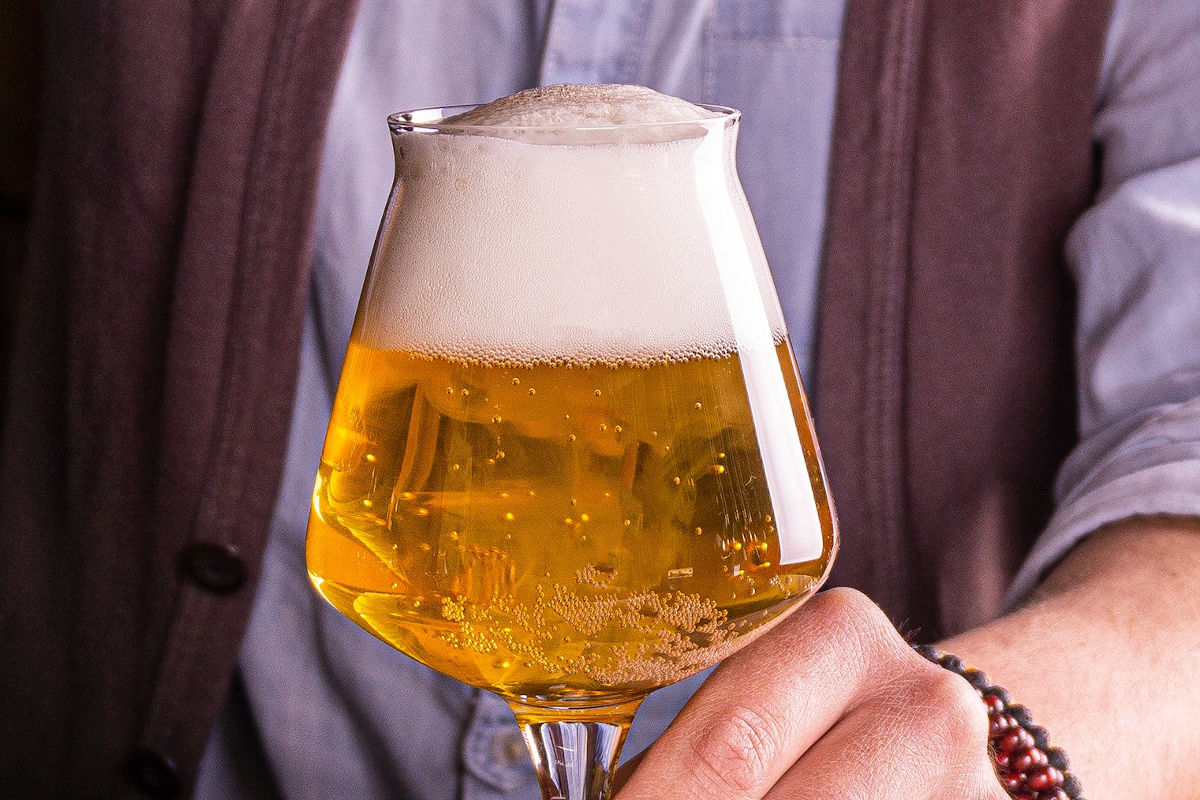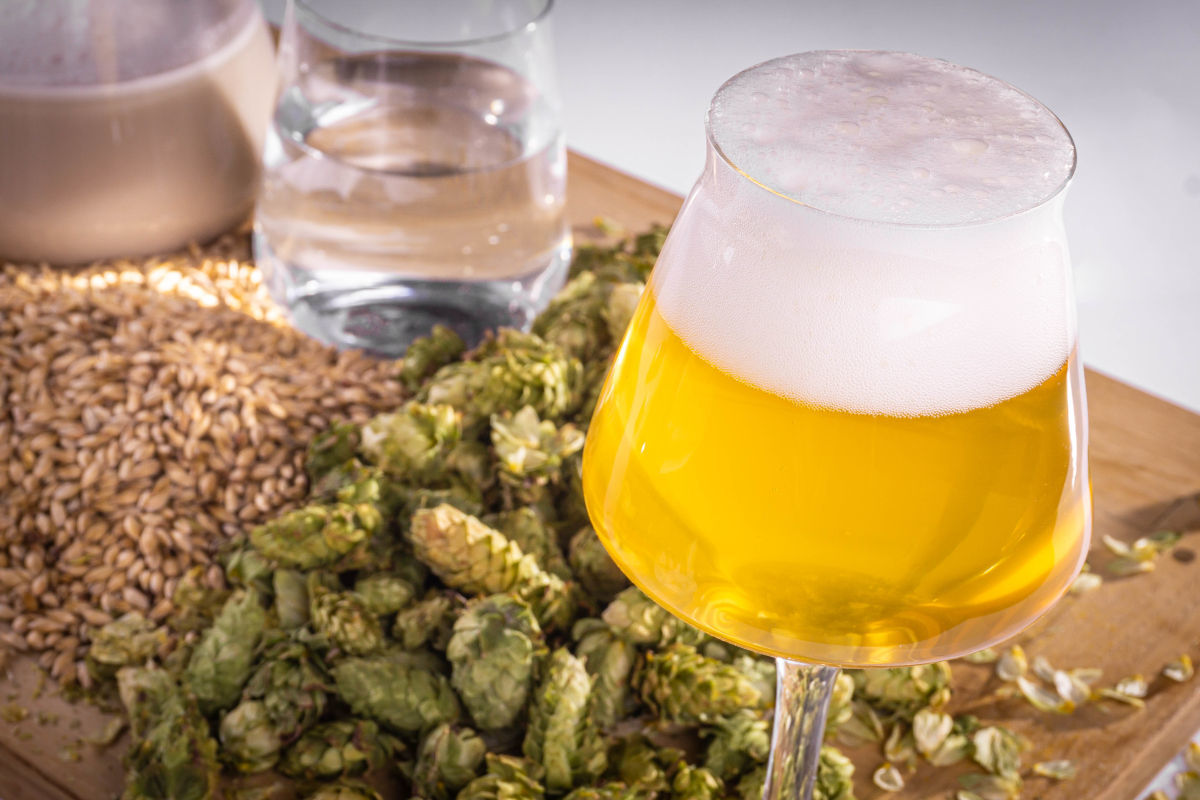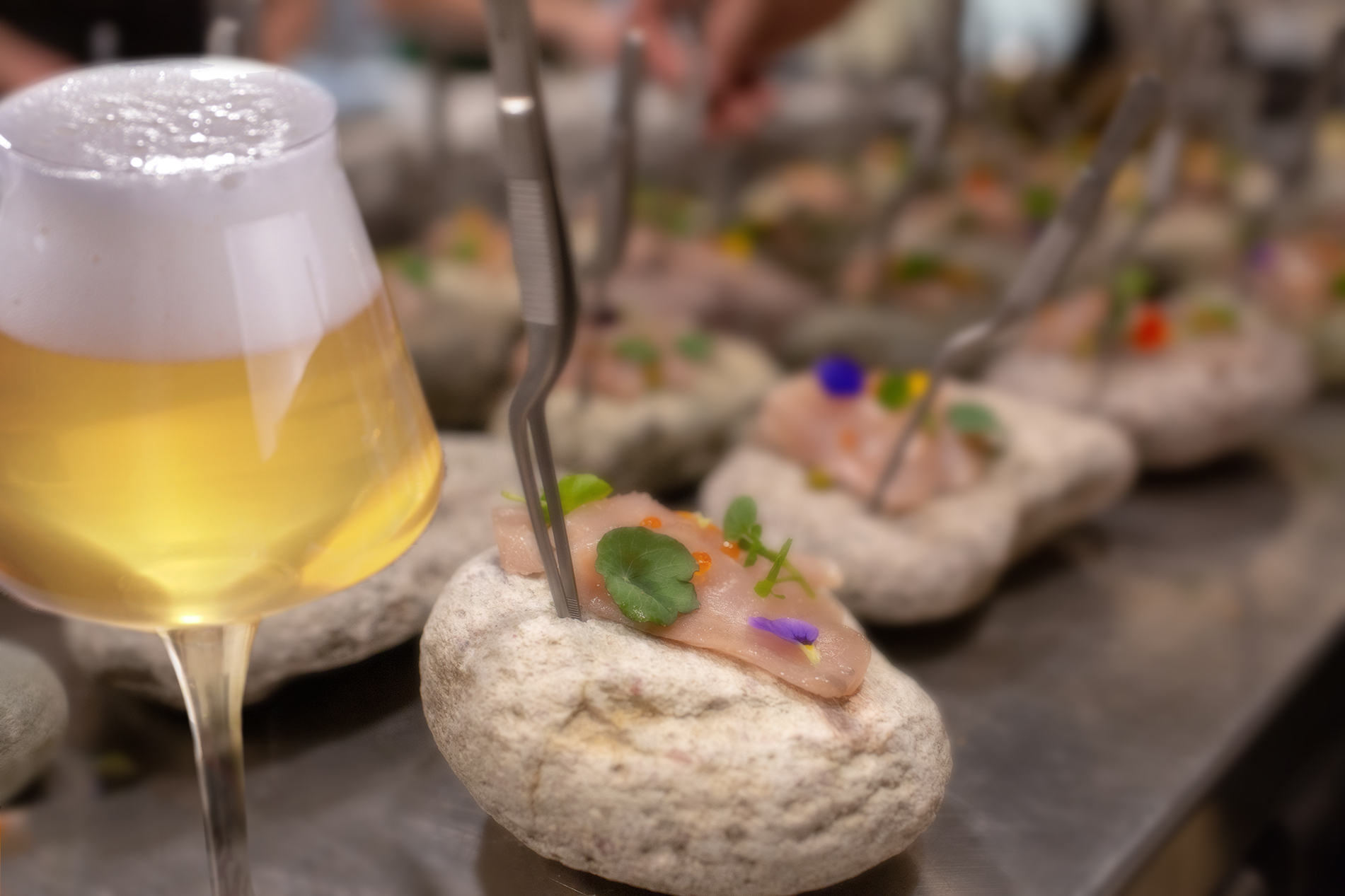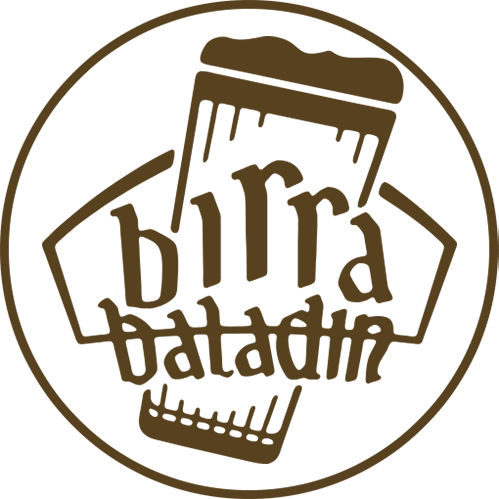The first taste of a Blonde Ale: scents and aromas

When people use the term blonde to define any beer with a color that ranges from hay to intense golden yellow, they make two mistakes: a terminological, and a conceptual one.
Experts in the beer sector do not talk about blonde, red and black beers. After all, we’re not talking about the hair of a beautiful woman! More accurate terms are pale, amber and dark.
Same color, different taste!
Conceptually, thinking that all light colored beers have so much in common that they all belong to one, big family is as foolish as saying that all food with the same color has similar organoleptic features.
The color of a beer only tells us what type of malts have been used to make it, but doesn’t really tell us anything about its taste profile or alcohol content. In other words, our blonde could be sweet, bitter, acidic, with a low, medium or even very high alcohol content... The only certainty is that the recipe only includes pale malts, and no caramelized or roasted ones.
Also, if we asked the average consumer to tell us their idea of a blonde beer, we would get the description of a slightly bitter lager with a low alcohol content. It could be a Pils, a Helles or an Export; in any case, it would be a product of the Bavarian or Bohemian beer making culture.
Not all Blonde Ales are equal
There are, however, some beers that can legitimately be called Blonde or Blond: these are ales (ale is the generic term to indicate a beer made with top fermentation yeasts, just as the term lager indicates a bottom fermented beer). They do not originate from Mitteleuropa, but from a completely different region.
But, once again, the situation is more complicated than one might expect. In the UK, Blonde Ale is synonymous with Golden Ale or Summer Ale: lighter colored beers than the classic British Bitters, they are still top fermented and are characterized by the use of English hops. They were created in the 1980’s to contrast the invasion of continental lagers.
In the United States, instead, Blonde Ales are usually the lightest and cheapest products of craft breweries: light colored, top fermented, with a moderate alcohol content and subdued aromas and tastes. They show neither a distinctive malty sweetness, nor the citrusy and resinous
aromas and bitterness of local hops. These beers were created to quench the thirst during the summer months and, most importantly, as an entry point into the world of craft beer for consumers who were used to industrial products.
But the country where the term Blond (without the final e!) Ale takes on its full meaning is Belgium. This is not a rigorously defined style (after all, Flemish and Walloon brewers, like Italian ones, are not fond of strict boundaries), but rather and extended family including beers made with pale malts only, with a moderate alcohol content (although rarely below 5.5% ABV) and strongly characterized by the star ingredient in Belgian beer making: yeasts.
A white and abundant head covers the golden, slightly hazy liquid (as these are non-filtered beers). The scent is full of the aromas of fermentation: yellow flowers, citrus fruit and gentle spices (white pepper, chives, coriander), as well as bread crust and delicate honey notes that come from the
malts.
In the most traditional products, the herbaceous scent of Belgium grown hops brings out similararomas from the yeast. In recent years, however, we have seen the rise of much hoppier Blond beers, with vigorous herbaceous aromas and balsamic notes. Similarly, the spices that
some brewers use should support and not overwhelm the fermentation aromas.
The sip, with a thin body, normally confirms what the nose feels. The initial sweetness is reminiscent of flowers and honey; it is followed by notes of citrus fruit and spices felt on the mid palate, supported by a nice fizziness and a moderate herbaceous finish, which can be more intense in hoppier versions.
When, very soon, the glass becomes empty, its walls are covered by graceful white arabesques left behind by the head. They are aptly called “Brussels lace” and will make you want to order another Blond immediately.





